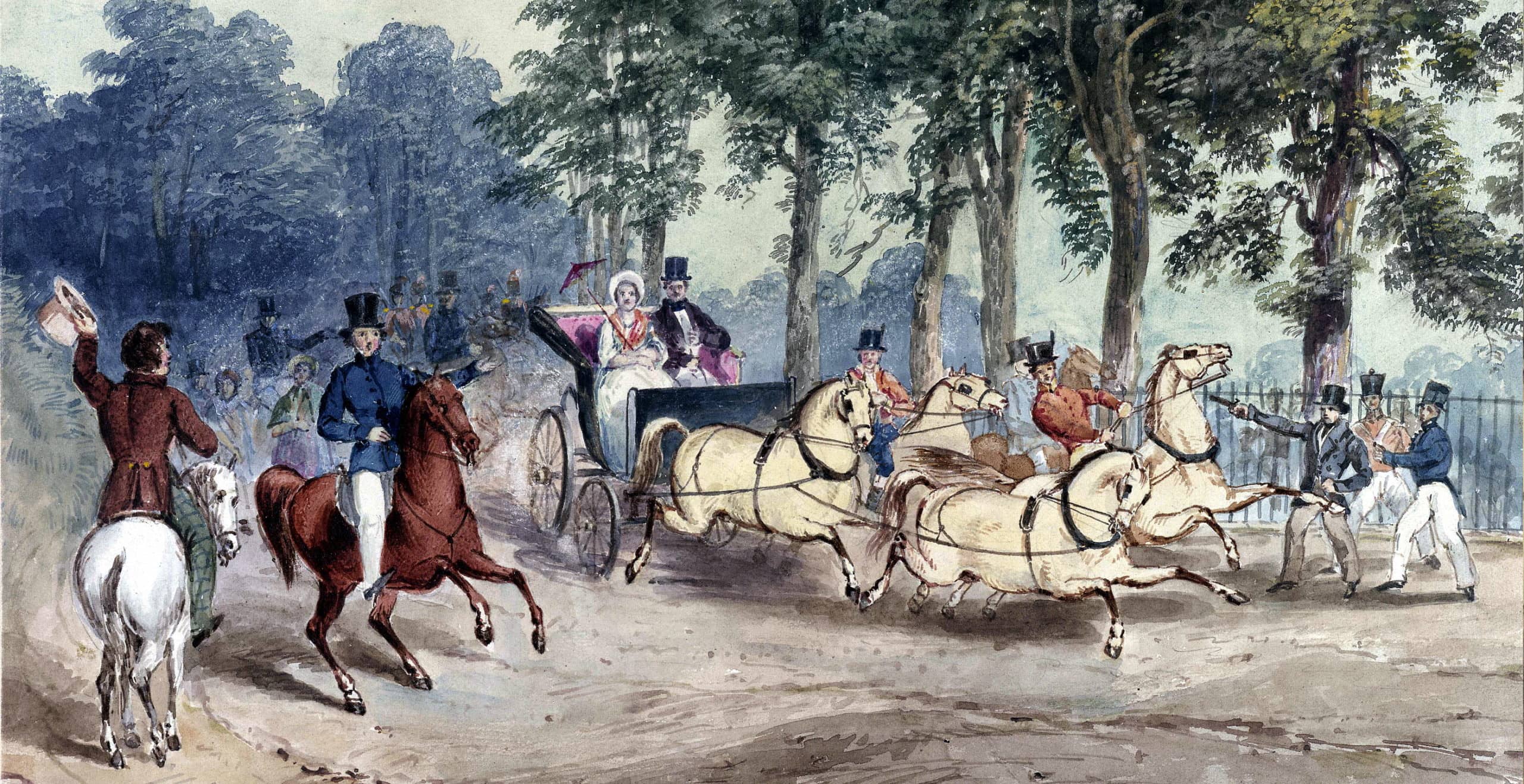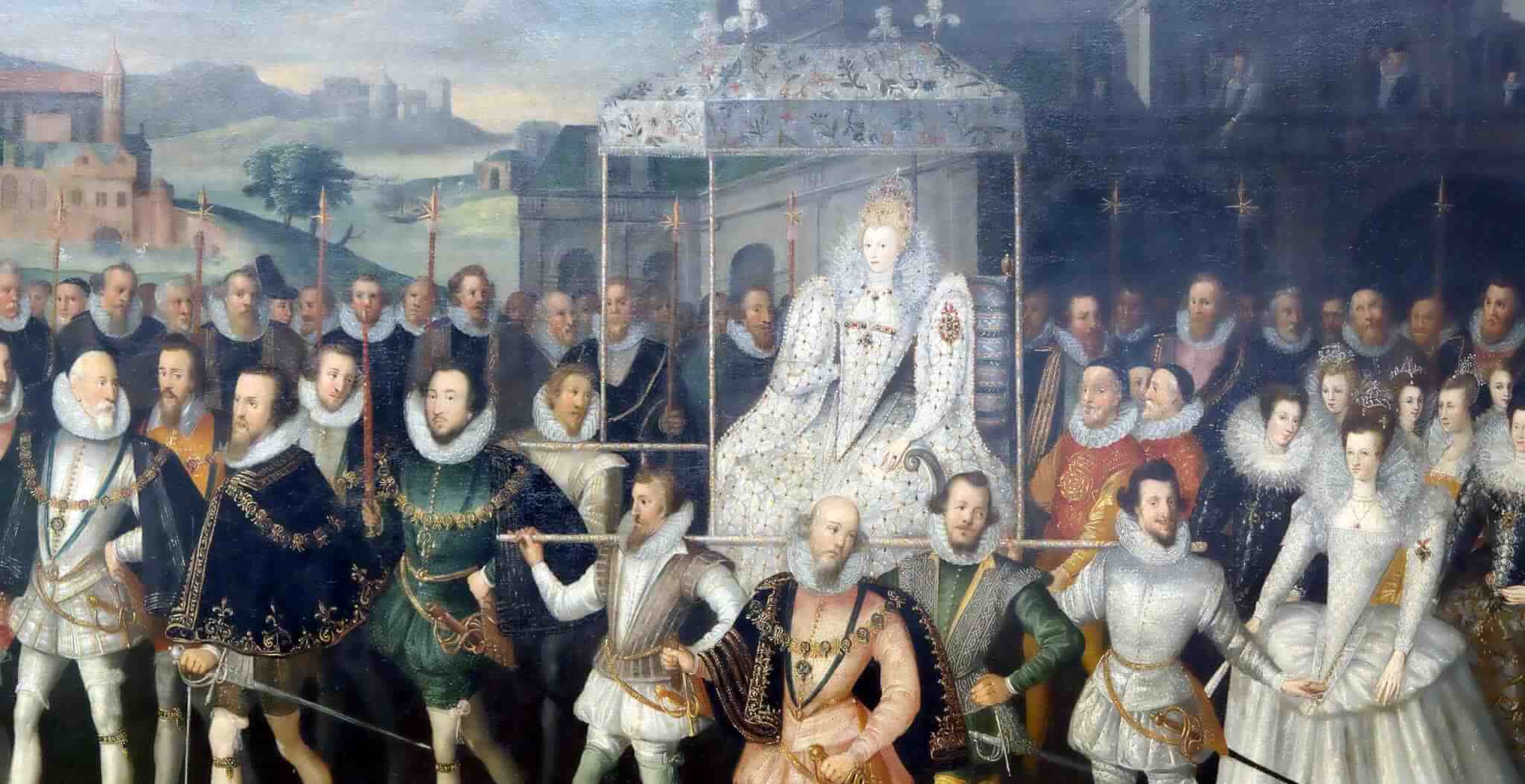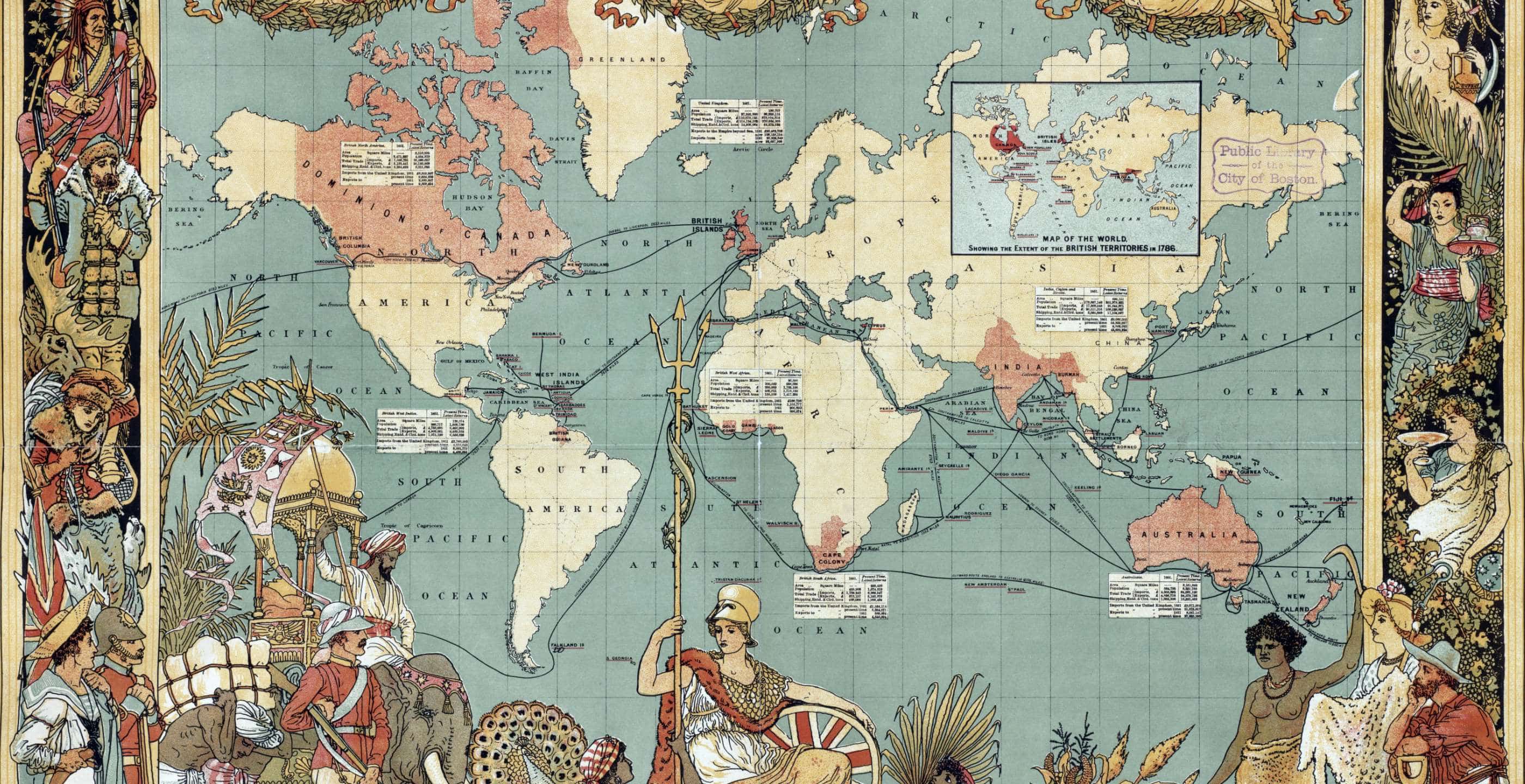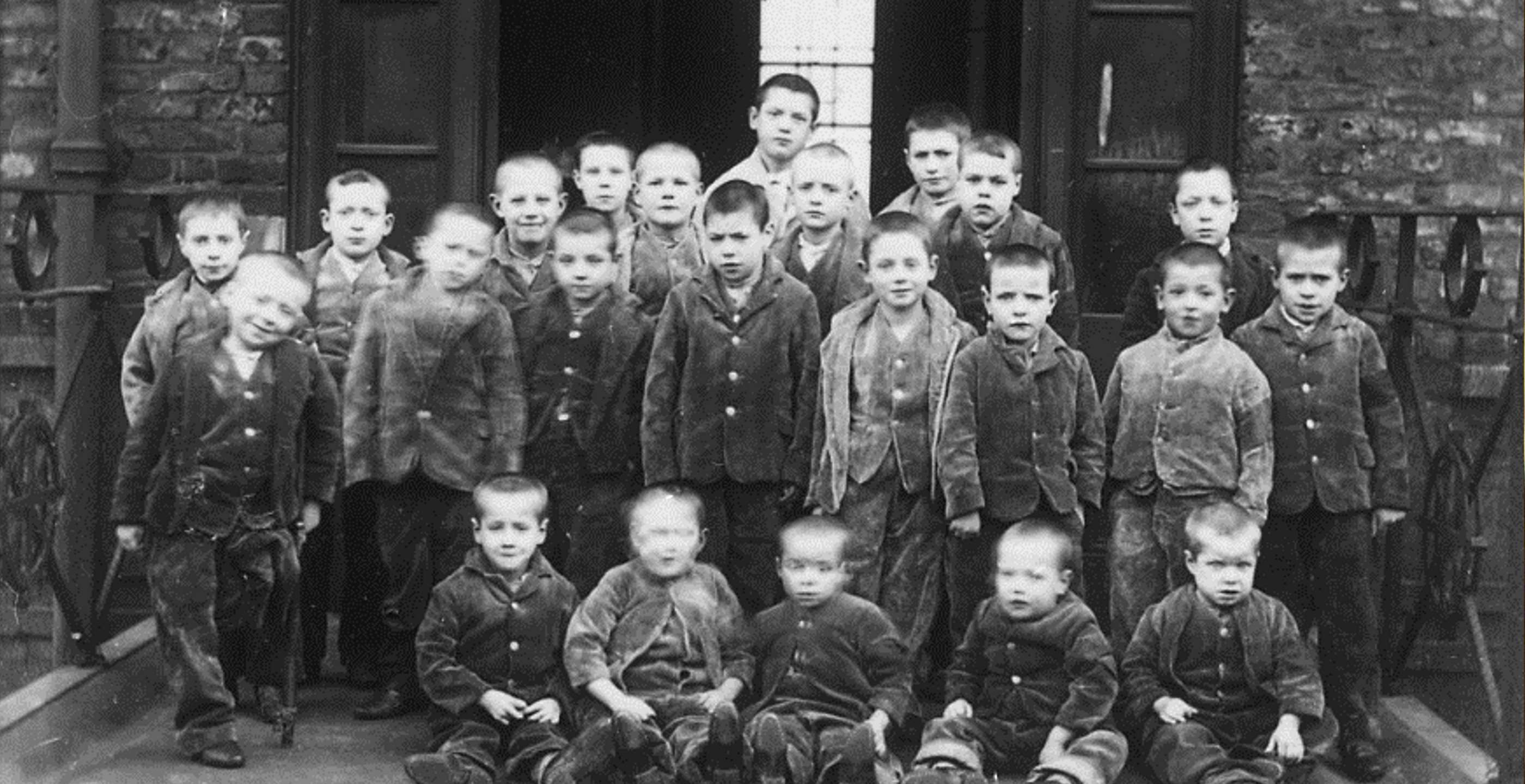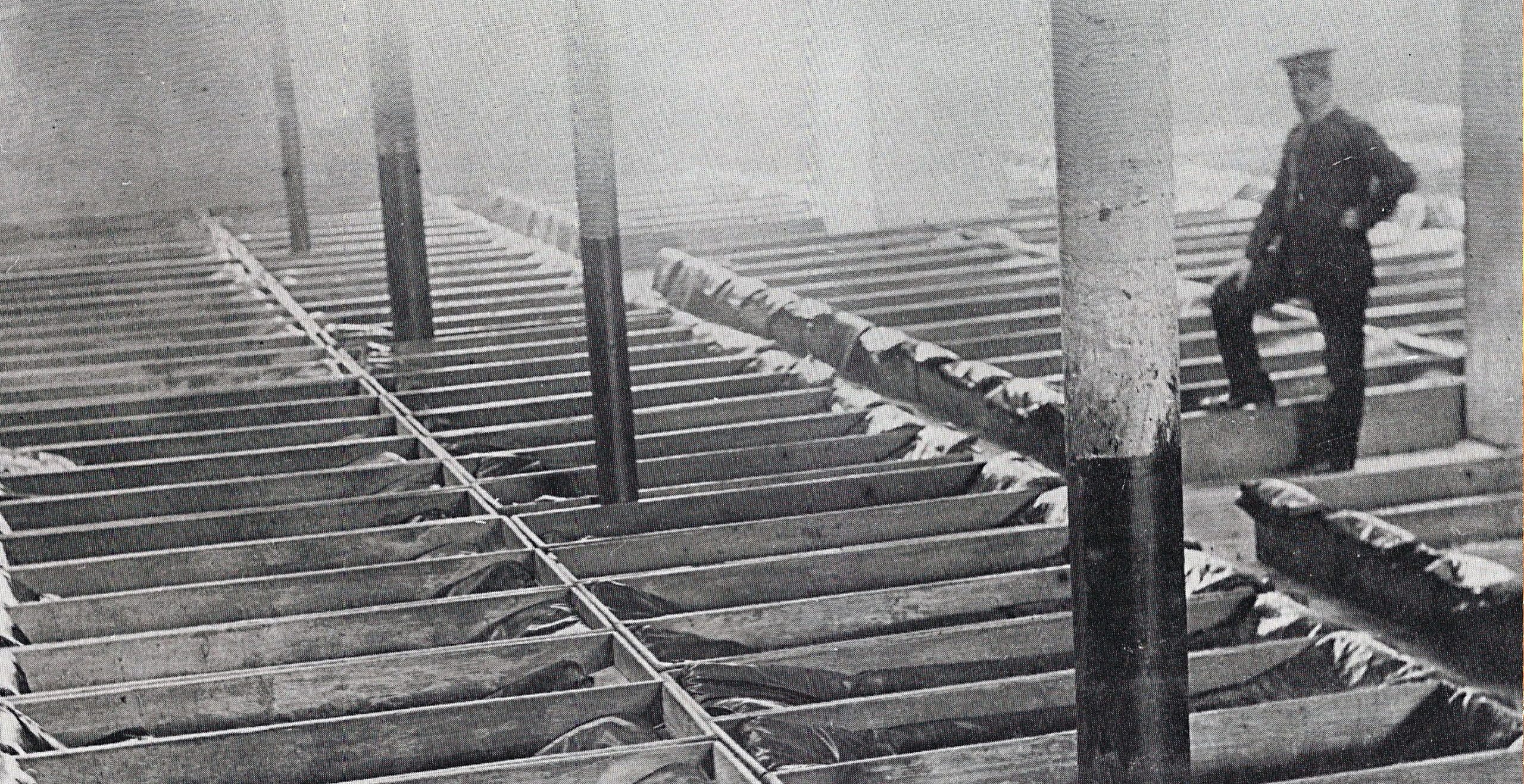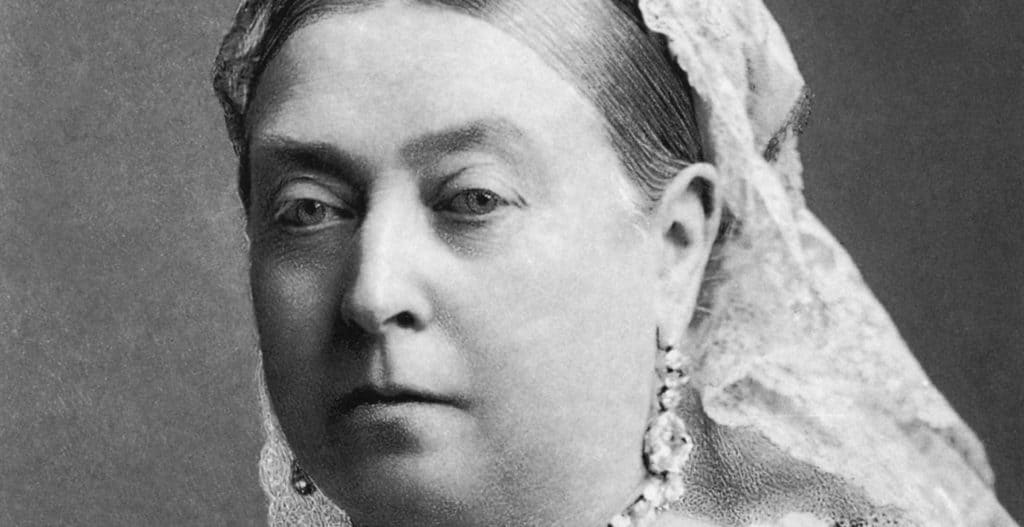Queen Victoria had a majestic sixty-three-year reign but despite this, she was not universally loved. While some people protested against her, others had a slightly more radical method. From Edward Oxford to Roderick Maclean, during her reign Queen Victoria survived eight assassination attempts.
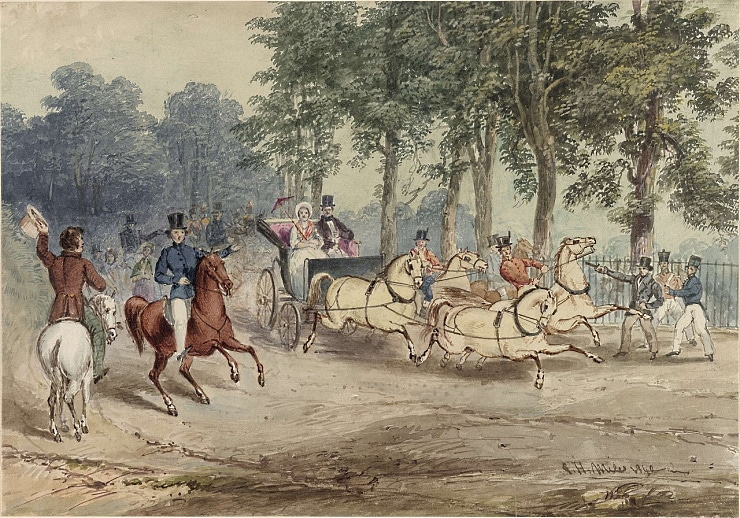
The first attempt on the Queen’s life occurred on June 10th 1840 at a parade around Hyde Park, London. Edward Oxford, an unemployed eighteen-year-old, fired a duelling pistol at the Queen who was five months pregnant at the time, only to miss from a short distance. Prince Albert noticed Oxford soon after leaving the palace gates and recalled seeing a “a little mean man”. After the traumatic experience, the Queen and the Prince managed to maintain their composure by finishing the parade whilst Oxford was wrestled to the ground by the crowd. The reason for this attack is unknown, but afterwards at his trial at the Old Bailey, Oxford proclaimed that the gun was only loaded with gunpowder, not bullets. Eventually, Oxford was found not guilty but insane, and spent time in a asylum until he was deported to Australia.
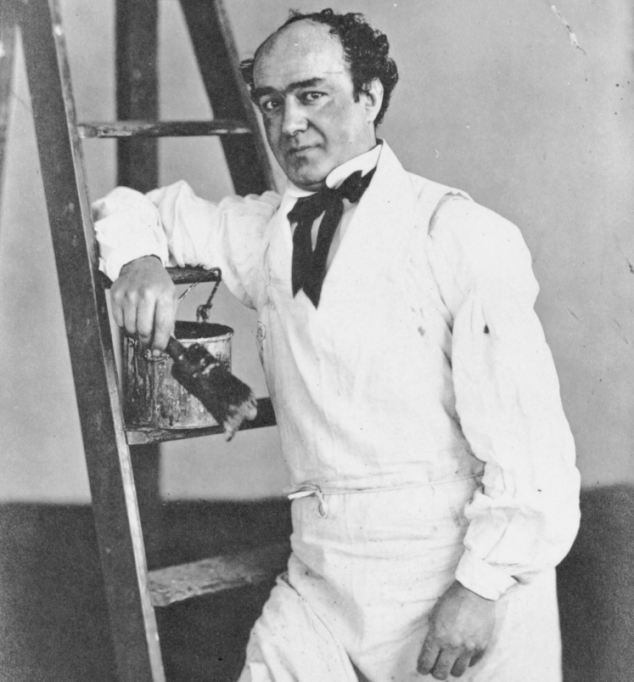
However, he was not nearly as motivated an assassin as John Francis. On May 29th 1842, Prince Albert and the Queen were in a carriage when Prince Albert saw what he called “a little, swarthy, ill-looking rascal”. Francis lined up his shot and pulled the trigger, but the gun failed to fire. He then left the scene and readied himself for another attempt. Prince Albert alerted the Royal security forces that he had spotted a gunman, however despite this Queen Victoria insisted on leaving the Palace the next evening for a drive in an open barouche. Meanwhile, plain-clothes officers scoured the site for the gunman. A shot rang out abruptly only a few yards away from the carriage. Eventually, Francis was sentenced to death by hanging but Queen Victoria intervened and he was transported instead.
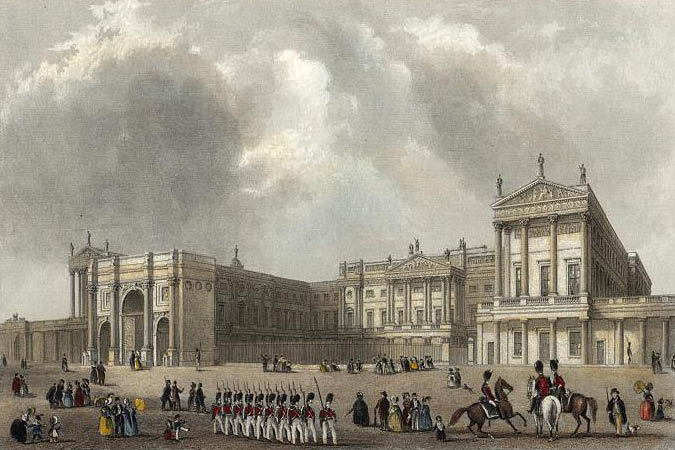
The next attempt was on July 3rd 1842 as the Queen left Buckingham Palace by carriage, on the way to Sunday church. On this occasion, John William Bean decided to attempt to take her life. Bean had a deformity and was mentally ill. He made his way up to the front of the large crowd and pulled the trigger of his pistol, but it failed to fire. This was because instead of it being loaded with bullets it was loaded with bits of tobacco. After the attack he was sentenced to 18 months hard labour.
The fifth attempt on the Queen’s life was a feeble attempt made by William Hamilton on June 29th 1849. Being frustrated at Britain’s attempts to help Ireland during the Irish famine, Hamilton decided to shoot the Queen. However instead of being loaded with a bullet, the gun was only loaded with gunpowder.
No attempt was probably as traumatic as Robert Pate’s attempt on June 27th 1850. Robert Pate was an ex British Army officer and known around Hyde Park for his slightly lunatic like behaviour. On one of his walks through the park he noticed a crowd of people gathering outside Cambridge House, where Queen Victoria and three of her children were visiting family. Robert Pate walked up to the front of the crowd, and using a cane hit the Queen on the head with it. This action marked the nearest assassination attempt Queen Victoria had ever faced, as she was left with a scar and a bruise for some time. After the attack Pate was sent to then the penal colony of Tasmania.
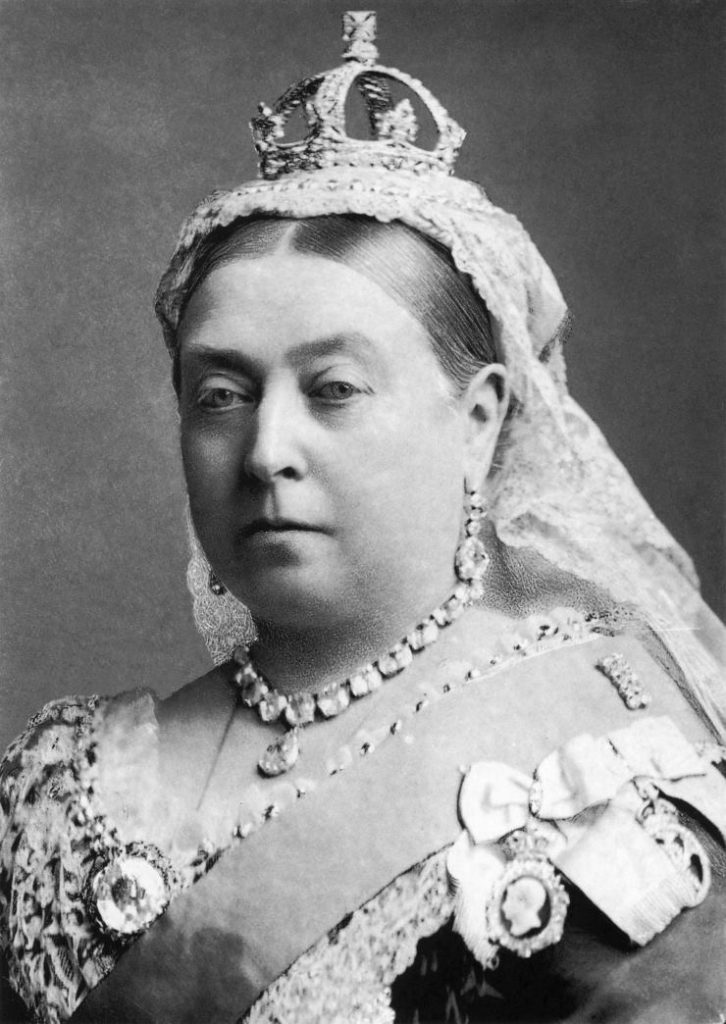
Probably the most politically motivated of all the attacks was on February 29th 1872. Arthur O’Connor, armed with a pistol, managed to get undetected into the palace entrance past the courtyard and waited for the Queen after she had finished a ride around London. O’Connor was quickly caught and later proclaimed that he never intended to hurt the Queen, hence the fact that his pistol was broken, but wanted to get her to free Irish prisoners in Britain.
The final attempt on Queen Victoria’s life was on March 2nd 1882 by twenty-eight-year old Roderick Maclean. The Queen was being serenaded with cheers from the nearby crowd of Etonians as she departed from Windsor Station towards the Castle. Then Maclean fired a wild shot at the Queen which missed. He was arrested, charged and committed to trial where he was sentenced to the rest of his life in an asylum. A poem was written later about the assassination attempt by William Topaz McGonagall.
Other than the seventh assassination attempt by Arthur O’Connor, there were never really any clear motives amongst these men, which is startling considering the action they intended to take against the Queen. However, it is suggested that they perhaps did it for fame and notoriety. Overall however it would seem that these assassination attempts did not deter the Queen, as evidenced in the fact that she returned to duty only two hours after the attack by Robert Pate.
By John Gartside, a keen history student at Epsom College, Surrey.
Published: 28th February 2022.
